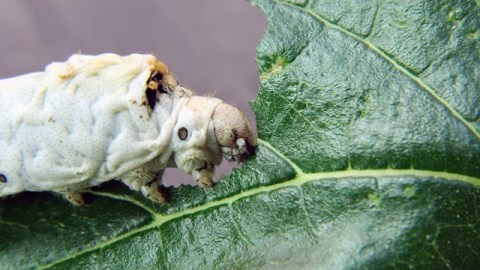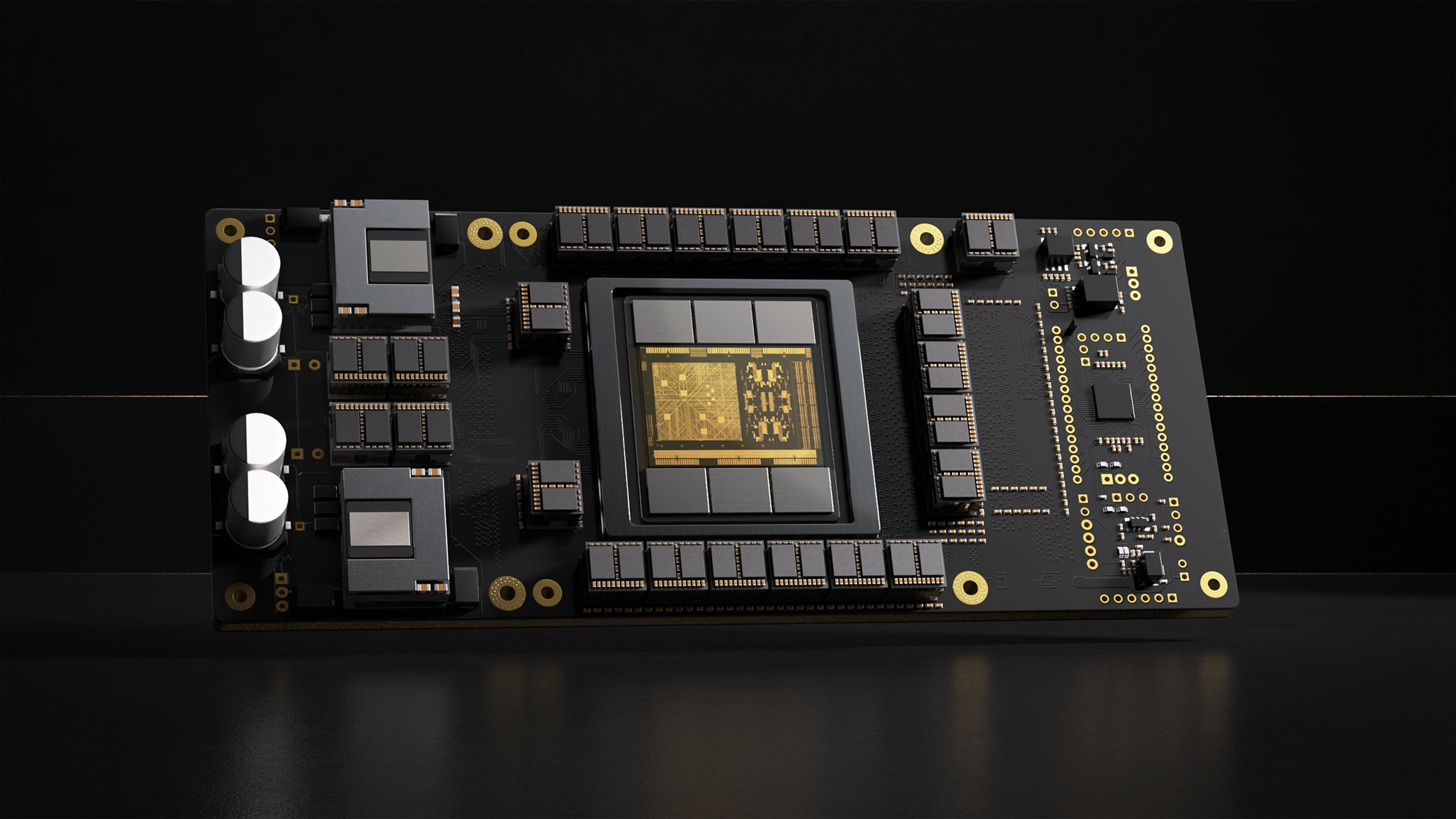Could Silkworms Represent The Future Of 3D Printing?

What’s the Latest Development?
A team of designers from MIT Media Lab’s Mediated Matters Group — which “focuses on biologically inspired design fabrication tools and technologies aiming to enhance the relation between natural and man-made environments,” according to their Web site — created a large fibrous framework on which they proceeded to deposit 6,500 live silkworms. Over time, the worms covered the entire framework with silk, resulting in a Silk Pavilion that hung in a building’s lobby. Furthermore, the worms were still viable after construction was completed: “They actually pupate into moths…[that] can produce 1.5 million eggs. That’s enough to theoretically supply what the worms need to create another 250 pavilions.”
What’s the Big Idea?
3D printing in its current form is pretty basic: A static machine deposits layers of material to create a shape that is then removed and used for some purpose. The Silk Pavilion project takes the technology in a new, dynamic, organic direction. Mediated Matters director Neri Oxman envisions an automated version of the silkworm builders: “[I]magine a swarm of small-scale printing units collaborating to ‘print’ something bigger than themselves…Future research aims to unite 3-D Printing with Artificial Intelligence to generate printing swarms operating in architectural scales depositing structural materials.”
Photo Credit: Shutterstock.com
Read it at FastCompany/Co.Design





